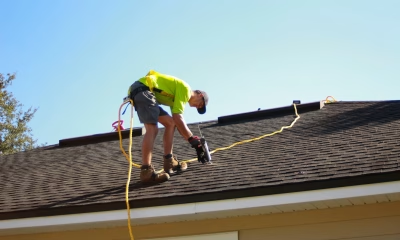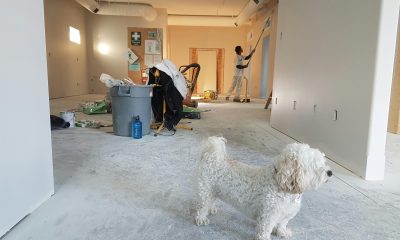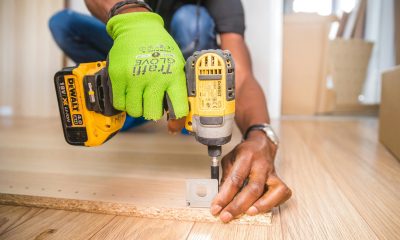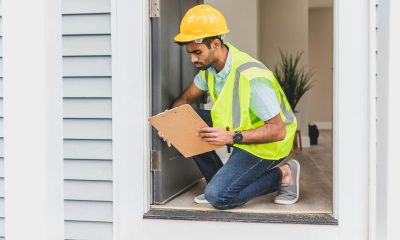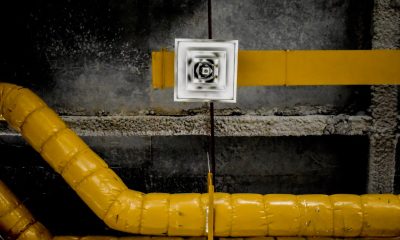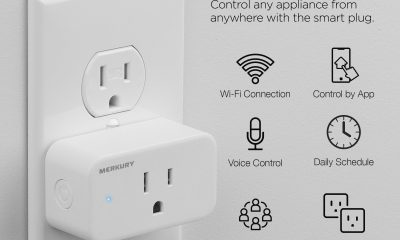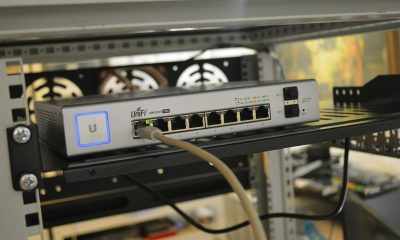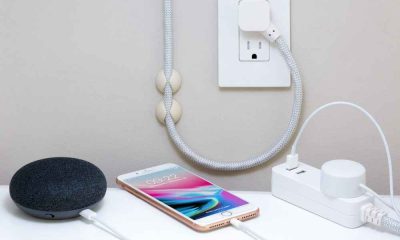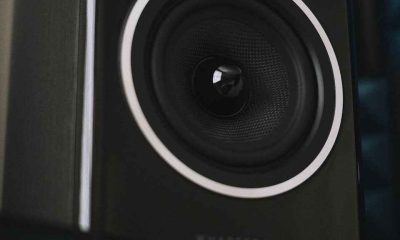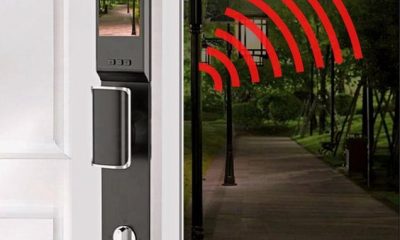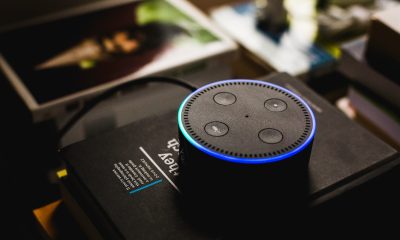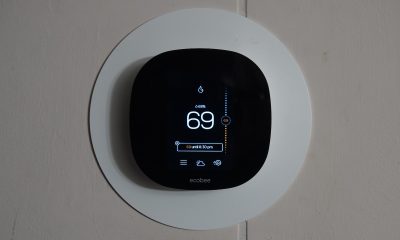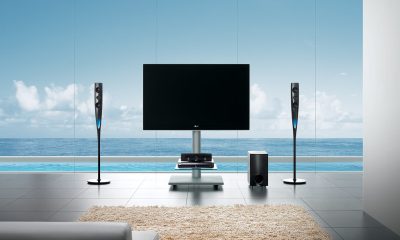Solutions
Preventative HVAC Care: Avoiding Costly Breakdowns Before They Happen
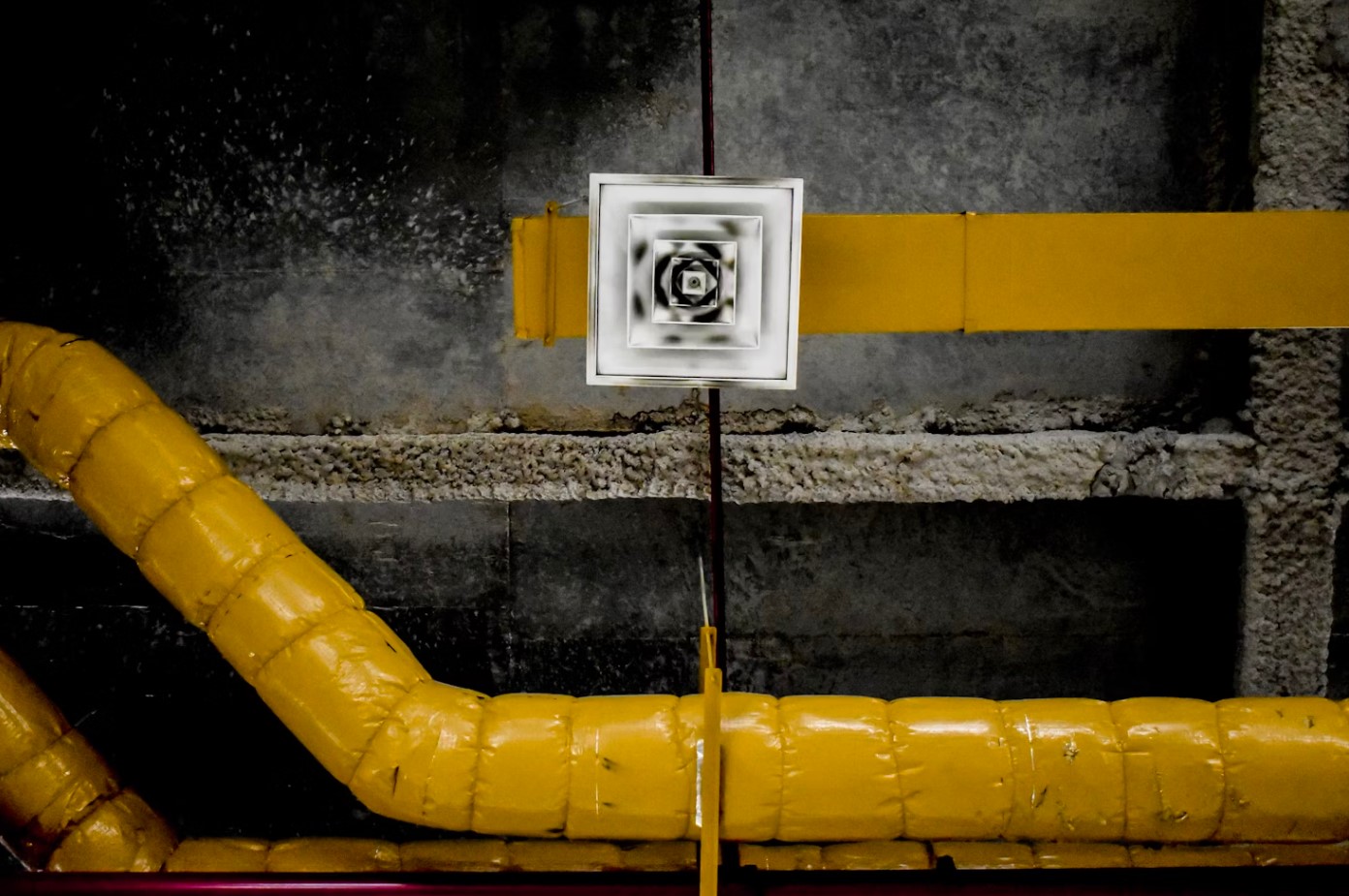
A reliable HVAC system is essential for maintaining comfort, air quality, and energy efficiency throughout the year. Yet, many property owners overlook the importance of preventative maintenance until a sudden breakdown disrupts daily life.
Preventative HVAC care isn’t just about fixing what’s broken — it’s about taking proactive steps to ensure your system remains efficient and dependable. Regular care reduces the risk of expensive repairs, extends the lifespan of your equipment, and keeps your indoor environment comfortable and consistent, regardless of the season.
The Importance of Professional Maintenance
While it’s possible to perform some basic upkeep on your own, true preventative care often requires professional attention. Trained HVAC technicians bring a depth of experience and specialized tools to detect problems that the untrained eye might miss. Hiring experts who offer comprehensive heating services ensures that your system receives a thorough evaluation and tune-up from end to end — from checking the thermostat’s calibration to cleaning evaporator coils and inspecting ductwork for leaks.
Professionals don’t just address what’s visible; they also assess the mechanical and electrical components that can quietly degrade over time. Worn belts, frayed wiring, and loose connections can cause sudden failures if left unaddressed. With regular inspections, these minor issues can be corrected before they escalate into major problems that interrupt your comfort or lead to costly replacements.
Cleaning and Replacing Air Filters
One of the simplest yet most effective ways to prevent HVAC issues is by regularly cleaning or replacing air filters. Dust, dirt, and allergens accumulate in filters over time, reducing airflow and forcing the system to work harder. When airflow is restricted, it can cause the evaporator coil to freeze or the motor to overheat, resulting in breakdowns that could have been avoided.
Most HVAC systems benefit from a filter change every one to three months, depending on usage and environmental factors like pets or construction dust. Regular filter maintenance not only prevents mechanical strain but also improves indoor air quality by capturing pollutants and keeping them out of your living space.
Inspecting and Cleaning Coils
Evaporator and condenser coils are critical for heat exchange, but they can easily accumulate dirt and grime. When that happens, the system’s efficiency drops dramatically. The dirt acts as an insulator, preventing proper heat transfer and forcing the unit to work longer and harder to achieve the desired temperature. This increased workload leads to higher energy consumption and shortens the lifespan of your HVAC components.
Scheduling periodic coil cleaning helps maintain efficiency and protects the system from overheating. Technicians use specialized cleaning solutions and tools to remove buildup without damaging the coils — a task that should always be done carefully to avoid bending the delicate fins that aid in heat transfer.
Monitoring Thermostat Performance
The thermostat is the control hub of your HVAC system, yet it’s often overlooked during maintenance. A malfunctioning or poorly calibrated thermostat can cause the system to run too often or not enough, leading to discomfort and unnecessary wear on the equipment. Checking thermostat accuracy and functionality ensures that the temperature readings reflect reality and that your system responds appropriately to changes in settings.
Modern programmable and smart thermostats can also aid in preventative care. They allow you to set schedules that reduce strain on the system during non-peak hours, improving longevity while maintaining comfort.
Checking Ductwork and Airflow
Even the most advanced HVAC system can’t perform efficiently if the ductwork is compromised. Leaks, blockages, or poor insulation within ducts cause uneven heating or cooling and force the system to overcompensate. This results in increased energy use and accelerated wear on key components such as the blower motor.
A professional inspection can identify weak points in the duct system where air may be escaping. Sealing these leaks ensures proper airflow throughout the home and allows the HVAC system to operate at its intended capacity.
Lubricating Moving Parts
Every HVAC system contains a number of moving components — motors, fans, and belts, to name a few. Over time, friction and wear can lead to breakdowns or reduce efficiency. Applying appropriate lubrication helps minimize friction and extend the life of these components.
Technicians typically include lubrication as part of a regular maintenance visit, ensuring each part moves smoothly and quietly.
Clearing Condensate Drains
Moisture is a natural byproduct of HVAC operation, but if the condensate drain becomes clogged, it can lead to water damage and system inefficiency. Algae, mold, and debris often accumulate in the drain line, causing backups that interfere with proper condensation flow.
Clearing the condensate drain prevents water buildup, which could otherwise lead to leaks, musty odors, or even electrical issues.
Testing Electrical Components
Faulty electrical connections or deteriorating wires can lead to system failure and even pose a safety risk. Regular testing of electrical components, such as capacitors, relays, and contactors, ensures the entire system operates reliably. Technicians can measure voltage and current to detect early signs of electrical wear or imbalance before they lead to sudden outages.
Maintaining System Efficiency Year-Round
Preventative HVAC care isn’t a one-time task — it’s an ongoing commitment that adapts with the seasons. Before summer, focus on cooling components such as the condenser and refrigerant levels. Before winter, give extra attention to heating elements, burners, and heat exchangers. Maintaining a regular schedule ensures that your system is always ready to perform when temperatures change dramatically.
Creating a maintenance log can also be beneficial. Documenting service dates, performed tasks, and any observations helps track the health of your system over time. It also makes future diagnostics easier and more accurate for both homeowners and technicians.
Building a Habit of Preventive Care
The true benefit of preventative HVAC maintenance lies in consistency. A well-maintained system can last years longer, operate more quietly, and provide dependable comfort even in extreme conditions. Developing a routine that includes professional inspections, regular filter replacements, and occasional DIY checks keeps your HVAC system in top shape and reduces the risk of unexpected failures.
Ultimately, preventative care is an investment in reliability and peace of mind. By addressing small issues before they grow into costly repairs, you ensure your home remains comfortable, your air stays clean, and your system continues to operate efficiently for years to come.
-
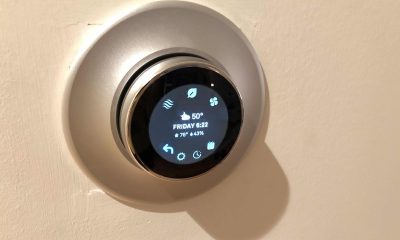
 Gadgets3 years ago
Gadgets3 years agoDoes Nest Thermostats Contain Cameras Or Microphones? Is It Safe For you?
-

 Guides1 year ago
Guides1 year ago10 Best Apps To Control All Your Smart Home Devices.
-
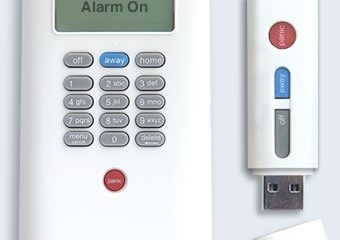
 Gadgets3 years ago
Gadgets3 years agoWhat Is The Purpose Of Red Button On The SimpliSafe Keypad?
-
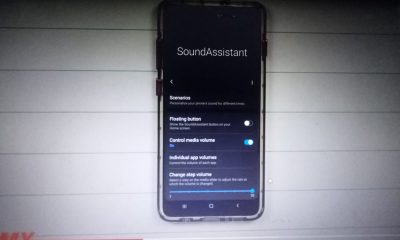
 Gadgets2 years ago
Gadgets2 years agoComplete Guide About Equalizer settings for Samsung-Soundbar
-
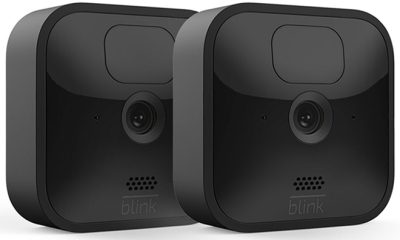
 Accessories2 years ago
Accessories2 years agoBlink Camera’s Temperature Sensor Settings, and More
-

 Solutions3 years ago
Solutions3 years agoWhy is My Samsung TV Picture So Dark? Exploring the Possible Causes
-

 Gadgets3 years ago
Gadgets3 years agoFitbit Symbols Meaning: What Do The Fitbit Icons Mean?
-

 Accessories2 years ago
Accessories2 years agoCan Siri Control Samsung Televisions And Are Samsung TVs Homekit Compliant?






